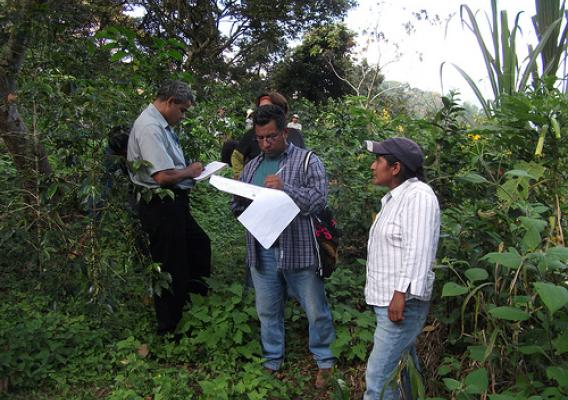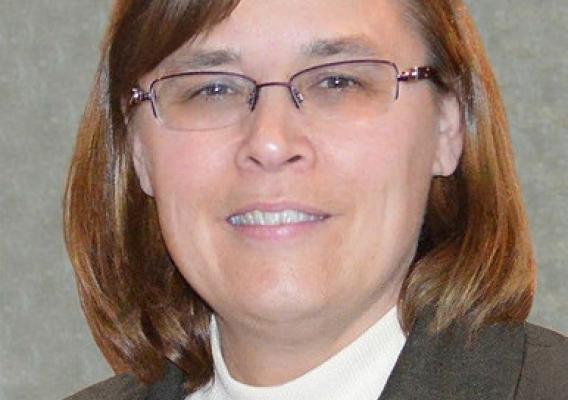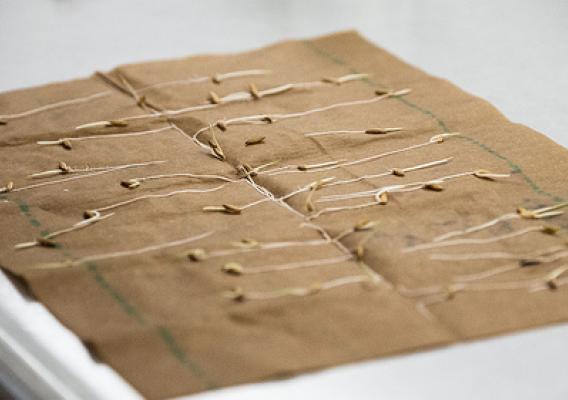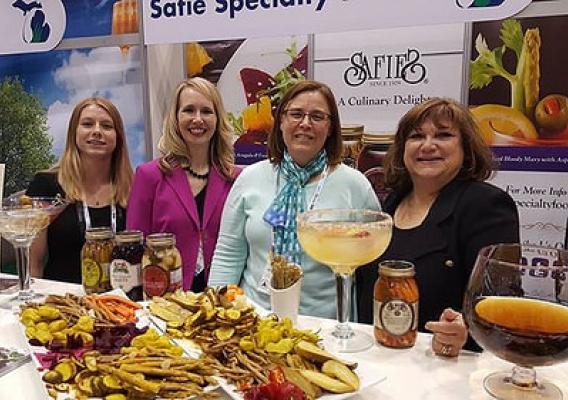De parte del Programa Nacional Orgánico (NOP, por sus siglas en inglés) del Servicio de Comercialización Agrícola (AMS, por sus siglas en inglés), por favor, únase a nosotros a medida que continuamos celebrando el Mes Nacional de la Herencia Hispana. La observancia de un mes, realizada todos los años del 15 de septiembre al 15 de octubre, celebra las culturas y tradiciones de los estadounidenses que tienen sus raíces en España, México y países de habla hispana de América Central, América del Sur, y el Caribe. En el NOP, el aumentar nuestra apreciación de las culturas hispanas igual que nuestras conexiones con los hispanos es esencial para nuestro éxito.
Es mucho lo que hemos hecho y seguimos haciendo para servir participantes hispanos. Las regulaciones orgánicas del USDA, así como el Manual del Programa Nacional Orgánico - que contienen los estándares orgánicos, documentos de orientación, memorandos de política e instrucciones - están disponibles en español. Además, nuestra reciente iniciativa orgánica “Sound and Sensible,” que ayuda a que la certificación orgánica sea más accesible, alcanzable y asequible para pequeños productores y procesadores, también incluye recursos en español.










